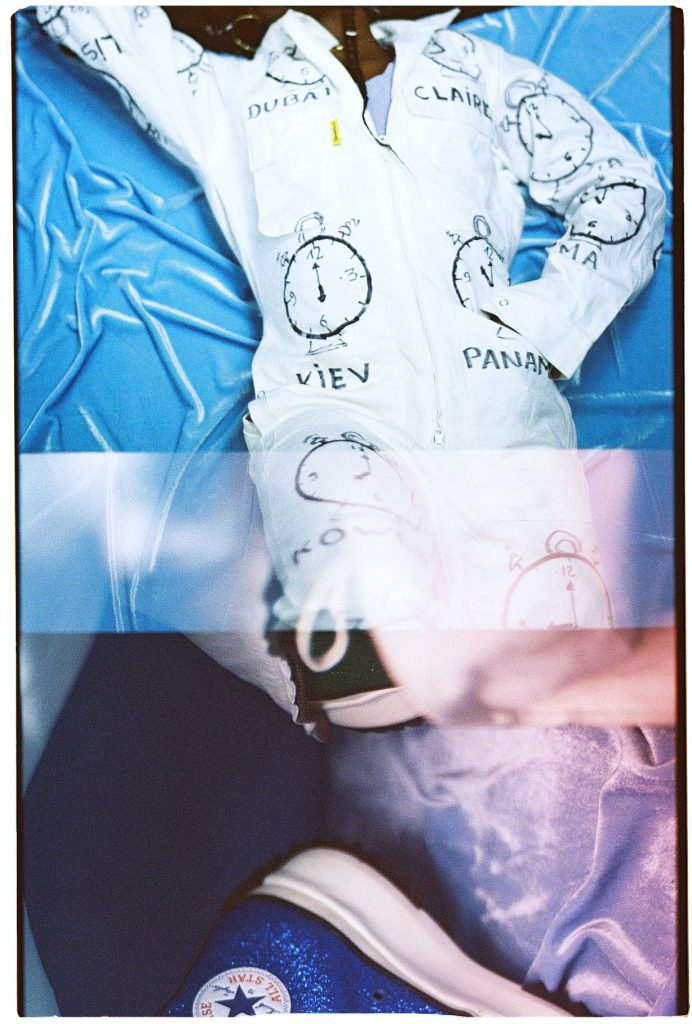CHAPTER I. A CENTURY OF STYLE
- 30’s - 40’s: the zoot suit: created in the urban jazz culture meaning something worn or performed in extravagant style : padded shoulders and trousers tapered at the ankles
—> « Calo »: Mexican slang
—> a cultural gesture - emblem of ethnicity and way of negotiating an identity
—> Cab Calloway, Louis Jordan: « Gentlemen of Harlem »
> 42’s: WWII forbidden to limit the use of wool
> aftermath of war: population explosion of Mexicans and laborer of colors/ women of colors filling military industry jobs + young people of color fascinated with jazz, whose fashion attire became affiliated hoodlums, criminals and gangsters.
- 1942: murder of José Diaz - the Sleepy Lagoon Murder: precursor to the soot suit riots of innocent casualty in a rumble > LA Gov used the incident to promote his call to action - an attempt to end juvenile delinquency > 600 youth Mexican Americans arrested - singled out as being soot suiters > 22 youths put on trial + identified as gang members > intense trial followed by the soot suit riots in 1943
—> attack on zoot suiters in LA because the clothes were deemed unpatriotic > riots in all USA (San Diego, NYC etc)
- 1950’s: emergence of marketing to the teenage culture: disparity btw parents/adults - childen/young adults: for teen boys 2 distinct looks: greaser/bad boys look: (ex: Marlon Brandon 1953 The Wild One and The Fonz) leather motorcycle jackets, white cuffed t-shits denim jeans
—> its own music, culture and style
CHAPTER II. FRESH DRESSED
« Hip-hop generation » : 1965 to 1984 black and latino people : « the gear is stylish enough to stand out in a crowd + set of ideals values, knowledge and ways of knowing + being neat, clothes pressed shoes extra clean = breaking stereotypes of the poor
—> fashion = powerful weapon to symbolize social, class, success and weath BUT not much of a change since then: 70’s 13% US population living below poverty - poverty rates for blacks x3 times than of whites > 90’s 13,5% > 2000 11.3% > 2009 14.3%
- coordination: key part of the hip hop dress code ex: light/dark blue or brown/beige
- accessories: hats, watches
- customization: onto tshirt or tailored clothing ex: Dapper Dan
- it’s about the attention you receive
—> Fashion: a code: it indicated where you were coming from
—> Fashion: a mission itself 70’s - 80’s: creation of their outfits from what was accessible + no sharing of the places they shop 2010 « is Hip Hop History? » Conference « one couldn’t walk in a store and cop a hip hop starter kit »: there was no simple hook-up look or head to toe ensemble.
It showcased someone’s special skills - urban teens « pro personal shoppers » with no restrictions in terms of styling choices. What hip hop teens lacked in funds, they made for in creativity.
